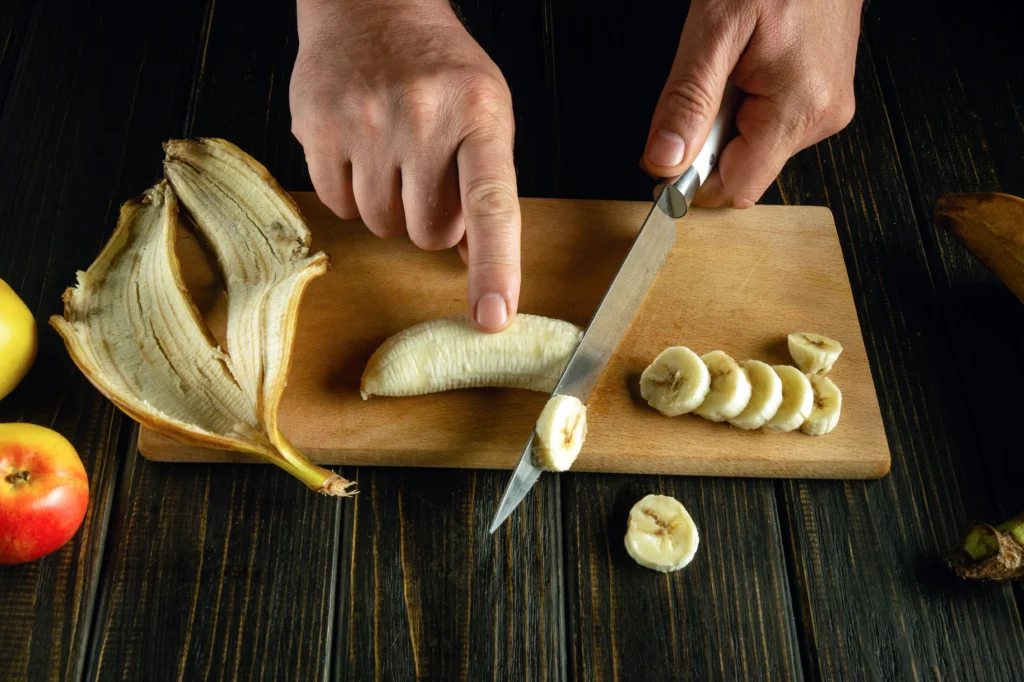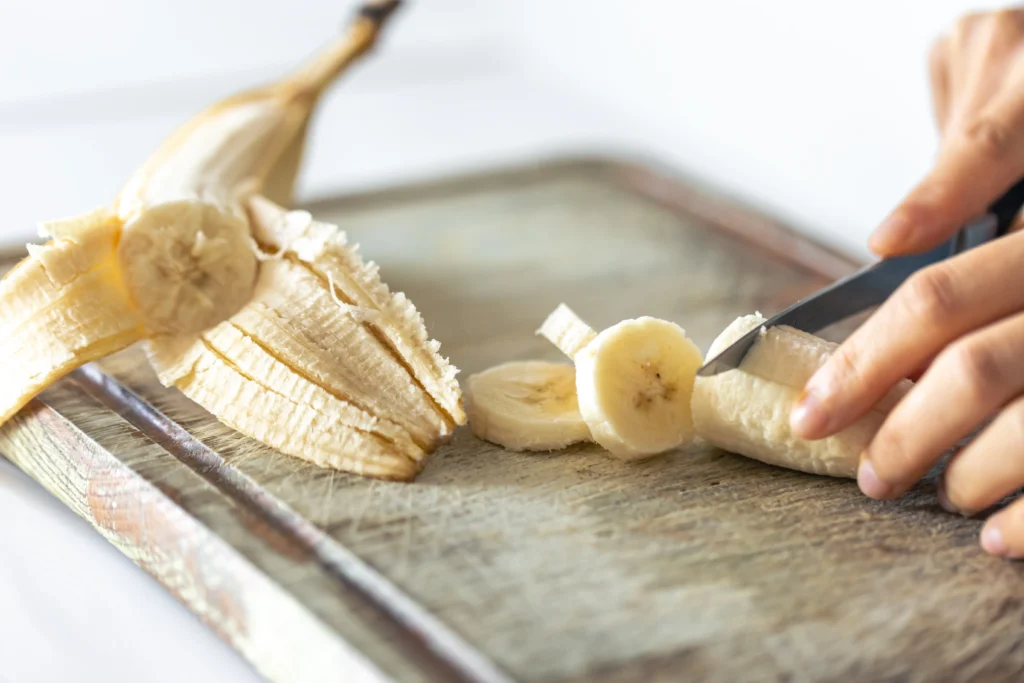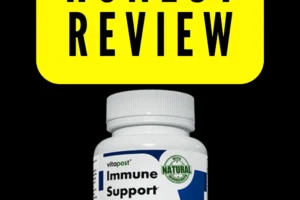Bananas are one of the most widely consumed fruits in the world, cherished for their natural sweetness, nutritional benefits, and versatility. In US, as in many other nations, bananas are a staple food enjoyed in various ways, from eating them fresh to incorporating them into smoothies, cakes, and desserts. However, one question often piques curiosity: What are those little black dots in the middle of a banana?
Summary

In this article, we will dive deep into the biology of bananas, explaining what these black specks are, why they occur, and dispelling common misconceptions.
Understanding the Little Black Dots: Are They Seeds?
The small black dots found in the middle of bananas often cause confusion, leading some to believe they are seeds. However, in the bananas most commonly consumed worldwide, these dots are actually unfertilized ovules.
Why Don’t Bananas Have Seeds?
Bananas are classified as parthenocarpic fruits, which means they develop without the need for fertilization. This trait makes bananas seedless and ideal for human consumption. Parthenocarpy can occur naturally or be induced through cultivation techniques.
In commercial varieties, such as the popular Cavendish banana, seeds have been bred out over generations. These bananas reproduce asexually, which eliminates the need for viable seeds. However, wild bananas, like those found in some tropical regions, do have large, hard seeds that make them less palatable for eating.
How Do Banana Plants Reproduce Without Seeds?
Since bananas don’t rely on seeds for reproduction, they propagate asexually through a process called vegetative propagation. Here’s how it works:
- Buds from the Main Plant
Banana plants produce suckers or shoots that grow from the base of the main plant. These can be separated and replanted to grow new banana plants. - Rizomatic Growth
Bananas also grow through rhizomes, which are underground stems. Rhizomes send out roots and shoots, eventually forming new plants. - In Vitro Propagation
In commercial agriculture, especially for large-scale banana production, growers use in vitro techniques to cultivate healthy plants with desired traits. This process is labor-intensive and costly but ensures uniformity in the crop.
The Nutritional Powerhouse: Bananas
Bananas are not only delicious but also packed with essential nutrients, making them a key component of a healthy diet.
| Nutrient | Benefits |
|---|---|
| Potassium | Helps regulate blood pressure and maintain heart health. |
| Vitamin C | Boosts immunity and promotes skin health. |
| Vitamin B6 | Supports brain health and reduces symptoms of depression. |
| Dietary Fiber | Aids digestion and promotes a feeling of fullness, assisting in weight management. |
| Carbohydrates | Provide a quick source of energy, ideal for athletes and active individuals. |
Do All Bananas Lack Seeds?
While most commercially available bananas lack seeds, wild bananas do contain seeds. These seeds can be large and hard, making the fruit difficult to eat. Wild banana varieties, such as Musa balbisiana, are often cultivated for breeding programs or to develop disease-resistant hybrids.

Origins of the Banana: A Global Journey
The exact origin of the banana remains uncertain due to its long history and widespread cultivation. However, evidence suggests that bananas originated in the region now known as Southeast Asia, particularly in areas near southern China and Papua New Guinea.
The Etymology of “Banana”
The word “banana” is believed to have African roots, deriving from languages spoken in regions like Liberia and Sierra Leone. The term later made its way into European languages during the colonial period, maintaining its form across many tongues, including English and Portuguese.
Visualizing Banana Propagation
A diagram can help illustrate how banana plants reproduce without seeds. Below is a representation of the propagation process:
Why Are Bananas So Popular?
Bananas' global popularity can be attributed to several factors:
- Ease of Consumption: Bananas are naturally pre-packaged, portable, and easy to peel.
- Versatility: They can be eaten fresh, blended into smoothies, or cooked in recipes like banana bread.
- Year-Round Availability: Bananas are grown in tropical regions and are available year-round in most markets.
- Nutritional Benefits: They provide a quick energy boost and are a rich source of essential vitamins and minerals.
Conclusion
The little black dots inside bananas are not seeds but unfertilized ovules, a result of the fruit’s unique parthenocarpic nature. While wild bananas may contain seeds, the varieties we consume have been cultivated to be seedless for centuries.
Bananas are not just a delicious and versatile fruit but also a fascinating example of nature’s ingenuity and human agricultural advancements. Next time you enjoy a banana, you can marvel at its journey from wild seed-filled origins to the seedless snack we know today.




